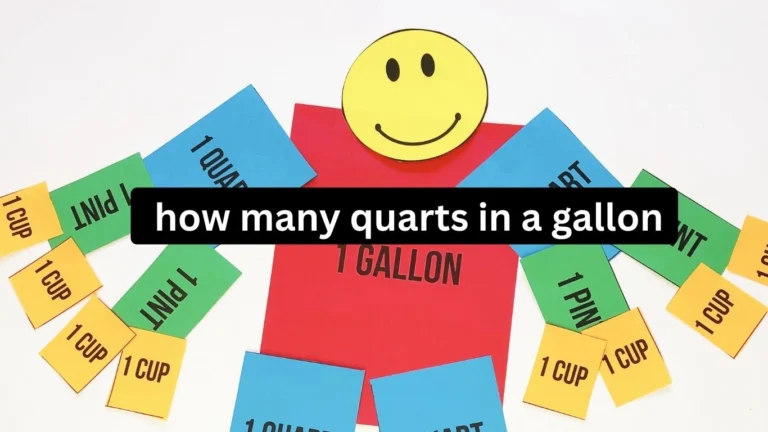Graphic Design Portfolio: How to Create an Impressive Portfolio
A graphic design portfolio is a crucial tool for any designer aiming to showcase their skills and attract potential clients or employers. It serves as a visual resume that reflects your creativity, technical expertise, and design process. In the competitive world of graphic design, a well-organized and professional portfolio can set you apart from the crowd. Whether you are a freelance designer or looking to land a full-time position, a compelling portfolio is essential to proving your value.
Why a Graphic Design Portfolio Matters
A graphic design portfolio is not just a collection of your work; it tells the story of your design journey. It provides potential employers and clients with insight into your style, thought process, and technical ability. Your portfolio allows others to see how you approach design challenges and solve problems creatively.
Graphic design is a highly competitive field. According to the U.S. Bureau of Labor Statistics, the demand for graphic designers is projected to grow by 2% through 2033. This growth means more opportunities, but also more competition. A well-crafted design portfolio is essential for standing out and securing high-quality projects or jobs.
What to Include in a Graphic Design Portfolio
When creating a design portfolio, it’s essential to be selective. Quality matters more than quantity. Include only your best work that reflects your current skills and future potential. Your portfolio should cover a wide range of design styles and formats to showcase your versatility.
Here are some essential elements to include in a graphic design portfolio:
| Element | Description |
|---|---|
| Logo Designs | Include different logo styles to demonstrate your ability to work with branding and identity. |
| Web and Mobile Design | Showcase UI/UX projects to highlight your understanding of user interaction and functionality. |
| Print Work | Include posters, business cards, and other physical designs to show your versatility. |
| Case Studies | Describe the design process, from concept to execution, and explain the results. |
| Illustrations | Include hand-drawn or digital illustrations to display your artistic abilities. |
A strong graphic portfolio should also reflect your personal brand. Your portfolio is a direct representation of who you are as a designer. Choose colors, fonts, and a layout that align with your unique style.
How to Organize Your Portfolio

The organization of your graphic portfolio is just as important as the content itself. A clean and easy-to-navigate layout helps viewers focus on your work rather than being distracted by poor design choices.
Arrange your projects in a logical order. Some designers prefer a chronological order to show growth over time, while others prefer a thematic approach to highlight different strengths. Each project should have a short description that explains the goals, challenges, and outcomes.
Step-by-Step Guide to Building a Graphic Design Portfolio
1. Curate Your Best Work
Select around 10–12 of your best projects. Include a variety of styles and mediums to demonstrate your versatility. If you have completed projects for well-known clients, include them to add credibility.
2. Create an Online Portfolio
An online portfolio increases your visibility and makes it easier for potential clients to find you. Platforms like Behance, Dribbble, and Adobe Portfolio offer easy-to-use templates for building professional portfolios.
Your online graphic portfolio should be mobile-friendly and responsive. Many clients will view your work on their phones, so it’s essential that your portfolio looks good on all devices.
3. Provide Context for Each Project
Include a brief explanation for each project. Describe the problem, your design process, and the outcome. Clients and employers want to know how you think and solve problems.
4. Keep It Updated
A graphic design portfolio is not a static document. As you complete new projects, update your portfolio regularly. Remove older pieces that no longer reflect your current skill level.
Importance of Process in a Graphic Design Portfolio
Clients and employers are not only interested in the final product they want to see how you arrived there. Your design portfolio should showcase your process, including initial sketches, wireframes, and mockups.
A well-rounded portfolio includes both successful and challenging projects. If a project did not go as planned, explain what you learned from the experience. Demonstrating growth and adaptability is valuable to potential clients.
Tips for Making Your Portfolio Stand Out
Your design portfolio should reflect your personality and style. Don’t be afraid to show your creative side. A well-designed portfolio creates a lasting impression and sets you apart from other designers.Include high-quality images of your work. Poor-quality images can undermine even the best designs. Make sure all images are properly cropped and edited.
Your portfolio should also be easy to navigate. Avoid clutter and unnecessary graphics. A simple, clean design allows your work to take center stage.
Leveraging Social Media to Promote Your Portfolio
Social media is a powerful tool for promoting your graphic portfolio. Platforms like Instagram, LinkedIn, and Pinterest are popular among designers and creative professionals.
Posting work-in-progress shots or completed designs can generate interest and attract potential clients. LinkedIn is particularly effective for professional networking, while Instagram and Pinterest allow you to reach a broader audience.
Engaging with design communities online can also open up new opportunities. Commenting on other designers’ work and participating in design challenges can help you build a network and get noticed by potential employers.
Why Testimonials and Client Feedback Matter
Client feedback and testimonials add credibility to your design portfolio. Positive reviews help potential clients feel more confident in your abilities. Include short quotes or testimonials alongside the corresponding projects in your portfolio.If you’ve worked with well-known clients, ask for permission to include their feedback. Even if you’re just starting out, feedback from smaller projects or freelance work can help build credibility.
Challenges of Building a Graphic Design Portfolio
Building a graphic design portfolio can be time-consuming, but the effort is worthwhile. Finding the right balance between showcasing your work and avoiding information overload is crucial.One of the biggest challenges is selecting which pieces to include. Avoid the temptation to include everything you’ve ever designed. Focus on work that reflects your strengths and the type of projects you want to attract in the future.
Conclusion:
A compelling graphic design portfolio is an essential tool for any designer looking to succeed in the industry. It reflects your skills, creativity, and ability to solve design challenges. By selecting your best work, organizing it effectively, and providing context for each project, you can create a portfolio that sets you apart from the competition. Keep your portfolio updated, showcase your creative process, and leverage social media to increase visibility. A well-crafted graphic portfolio can open doors to new opportunities and help you build a successful career in design.







